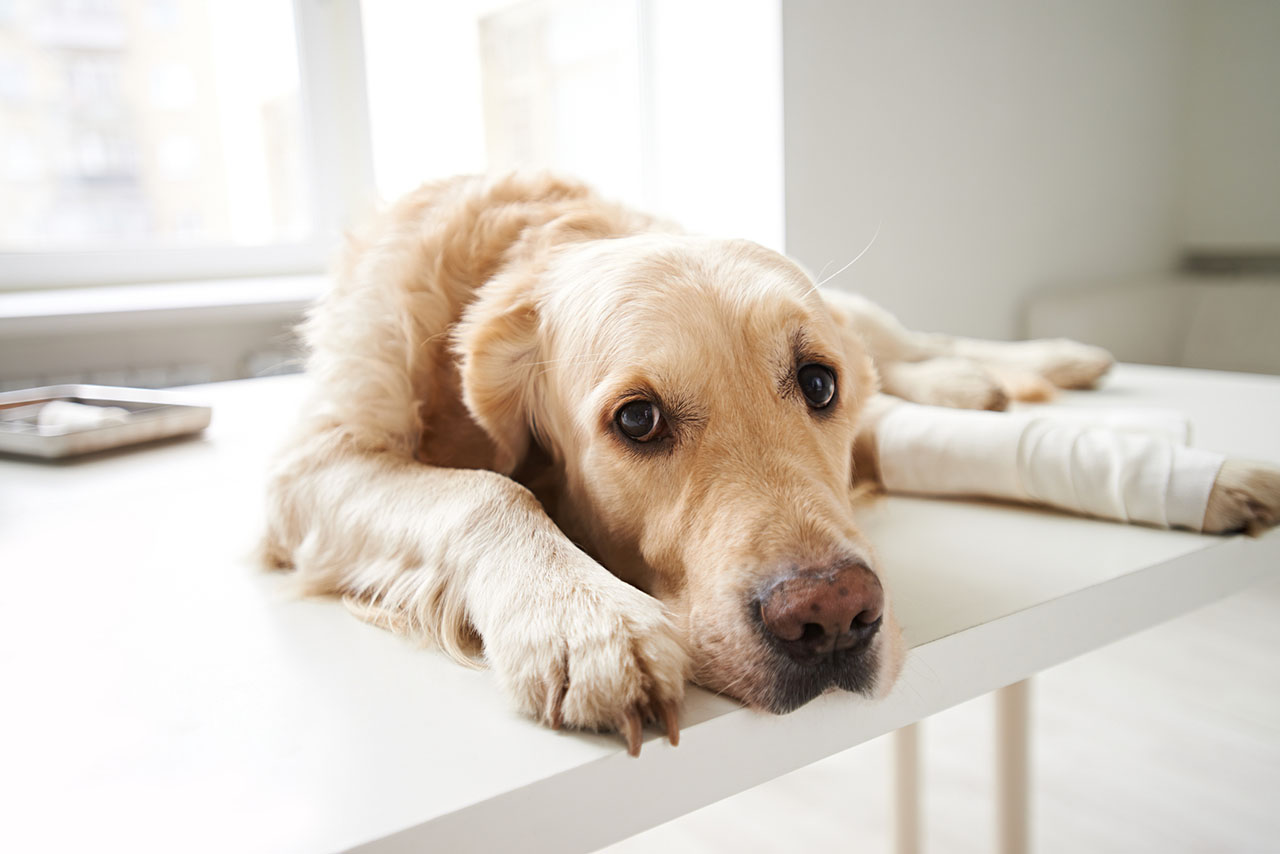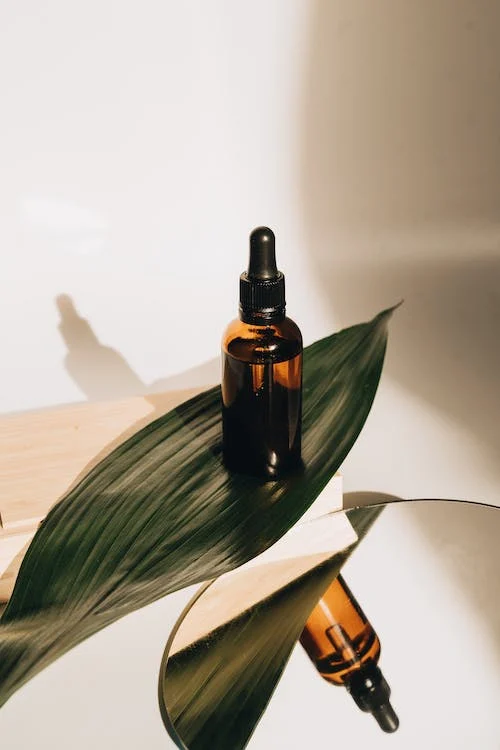Our furry friends can sometimes get themselves into sticky situations that lead to cuts and wounds. As dog owners, it is crucial to know how to provide proper care and treatment for these injuries to ensure our dogs’ well-being and prevent further complications. In this blog post, we will discuss effective dog cut treatment techniques, covering everything from assessing the wound to promoting healing and preventing infections. Let’s dive in!
Assessing the Severity of the Cut
The first step in treating a dog cut is to assess the severity of the wound. Different cuts may require different levels of care. Here are some factors to consider:
- Size and depth of the cut: Is it a shallow scrape or a deep gash?
- Location of the cut: Is it on a sensitive area, such as the paw or face?
- Bleeding: Is the cut actively bleeding or has it already clotted?
- Presence of foreign objects: Are there any debris or foreign objects embedded in the wound?
By evaluating these factors, you can determine the appropriate course of action for treating the cut.
Stopping the Bleeding
If the cut is actively bleeding, it is essential to stop the bleeding before proceeding with further treatment. To do this, follow these steps:
- Apply gentle pressure: Use a clean cloth or sterile gauze pad to apply gentle pressure directly on the wound. Maintain the pressure for a few minutes to allow the blood to clot.
- Elevate the wound: If possible, raise the affected area to reduce blood flow and help control the bleeding.
- Use a styptic powder: For minor bleeding, a styptic powder can be applied to the wound to aid in clotting.
- Seek veterinary assistance: If the bleeding does not stop or seems excessive, it is crucial to seek immediate veterinary care.
Cleaning and Disinfecting the Wound
Once the bleeding has stopped, it’s time to clean and disinfect the wound to minimize the risk of infection. Follow these steps for proper wound cleaning:
- Prepare a saline solution: Mix warm water with a small amount of salt to create a saline solution. This solution helps cleanse the wound effectively.
- Gently flush the wound: Use a clean syringe or a saline-soaked cloth to flush the wound. Ensure the solution reaches all areas of the cut, removing any debris or dirt.
- Pat dry: Gently pat the area around the wound dry with a clean, sterile gauze pad or a soft towel. Avoid rubbing, as it may irritate the wound.

Applying an Antiseptic or Antibacterial Ointment
After cleaning the wound, applying an antiseptic or antibacterial ointment can help prevent infection and promote healing. Here are some tips:
- Choose the right ointment: Consult with your veterinarian to determine the appropriate antiseptic or antibacterial ointment for your dog’s specific wound.
- Apply a thin layer: Using a clean cotton swab or your fingertips, apply a thin layer of the ointment directly onto the wound.
- Be cautious with your dog’s licking: To prevent your dog from licking off the ointment, you can cover the wound with a clean bandage or use an Elizabethan collar.
Monitoring and Changing Dressings
For deeper cuts or wounds that require additional protection, it may be necessary to dress the wound. Here are some guidelines for dressing and monitoring the wound:
- Use sterile gauze pads or non-stick bandages: Place a sterile gauze pad over the wound and secure it in place with a cohesive bandage or medical tape.
- Change the dressing regularly: Follow your veterinarian’s instructions on how often to change the dressing. Regularly inspect the wound for any signs of infection, such as redness, swelling, or discharge.
- Keep the wound clean and dry: Avoid exposing the wound to excess moisture, as it can hinder the healing process. Keep your dog away from water sources, and cover the wound during outdoor activities.
Seeking Veterinary Care
While minor cuts can often be treated at home, it is important to know when to seek veterinary care. Consider the following situations:
- Deep or extensive wounds that may require stitches or staples.
- Signs of infection, such as increased swelling, redness, or discharge.
- Excessive bleeding that does not stop with home treatment.
- Any concerns or uncertainties about the wound’s severity or proper treatment.
Your veterinarian can provide professional guidance and ensure that your dog receives the appropriate care for their specific wound.
Conclusion
Proper dog cut treatment is essential for promoting healing, preventing infections, and ensuring your canine companion’s well-being. Remember to assess the severity of the cut, stop the bleeding, clean and disinfect the wound, apply an antiseptic or antibacterial ointment, monitor and change dressings as needed, and seek veterinary care when necessary. By following these steps, you can effectively


